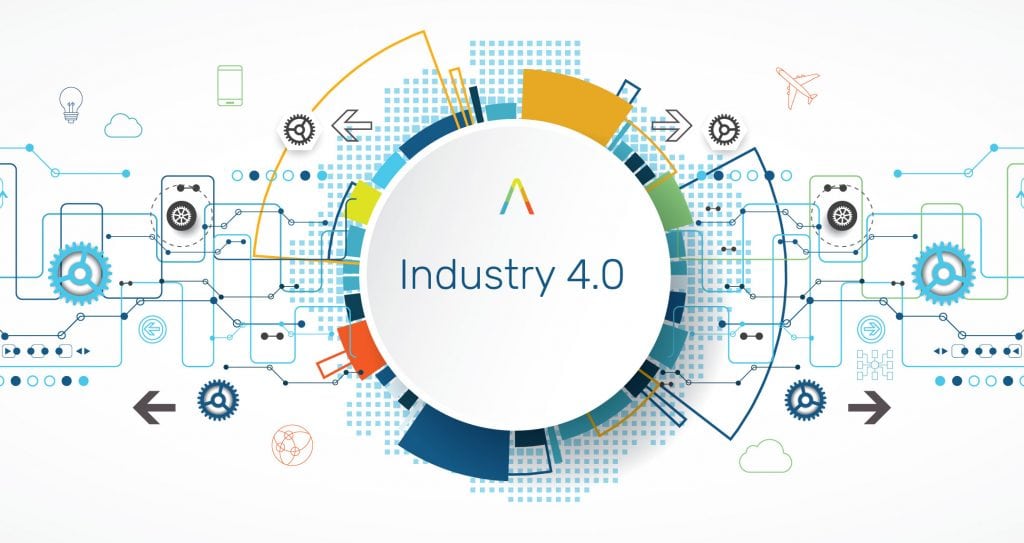CRITICAL INFRASTRUCTURE 4.0
What is Cylentium cloaking “CYLENTIUM” Software, Why is it
Important, and How Does It work?
Cylentium, Inc.’s cloaking software is currently protecting the Department of Energy’s (DOE) most sensitive nuclear reactor and storage sites. DOE recently approved the software for wider use as it was the only protection that withstood the 2019-20 “SolarWinds” cyber attack that penetrated DOE facilities across the US. This attack caused serious threats to national security and impacted nearly every industrial SCADA system targeted during the attack. The only networks not impacted were the ones with Cylentium software installed.
CYLENTIUM operates at OSI Level 2; effectively cloaking to the point of complete invisibility the Internet Protocol (IP) address of any network, system, or device to which it is applied. This method keeps unwanted/unauthorized intruders out of the network completely. Conventional software allows unauthorized intruders into networks with the decades old and costly Layer 3 protocol of Detect, Monitor, Mitigate. This strategy means the attacker is already in your network and detection could be hours to days before identified by current generation cyber protect protocols. CYLENTIUM represents next generation capabilities not available anywhere in the market today, enabling IoT Zero Trust Architecture (ZTA) compliance for any network NOW.
Increasing replacement of critical infrastructure with IT systems is opening new vulnerabilities and risks that are pushing security and risk management leaders to update security approaches and strategies.
We provide guidance for securing networks and endpoints in converged IT, OT, and critical infrastructure environments.
How Can CYLENTIUM Software Protect Legacy Process Sensors Already in the Field?
The most significant national security challenge today is to protect DoD, Government, and industry networks against advanced, sophisticated cyber-target attacks (already demonstrated by foreign actors). Included in the required cloaking protection are sub elements of critical and non-critical systems, such as Process Sensors.
Process sensors are small, ubiquitous devices that measure pressure, temperature, and various monitoring parameters in machinery and infrastructure for which there is currently no cyber protection or authentication. Process sensors are easily manipulated with false readings or sensor setting changes which can cause machinery, including mission critical military machinery, to fail with no indication that an adversary cyber actor played a role. They can also be manipulated in a wide range of critical infrastructures, such as micro-grids, the electric grid, cranes, trains and engines, ports, water and food systems, and communications.
Cylentium can cloak and protect against unwanted manipulation of process sensors to complete the cyber protection of the control system ecosystem. This advancement would further protect the legacy systems that are extremely vulnerable to cyber exploitation by adversary actors.
75% of all IoT sensors have no Security
We are the only firm that can bring Zero Trust IoT Network Access to all IoT Sensors, legacy and 4.0
The converging of IT and OT systems, combined with increased use of IoT in industrial environments, is challenging many security practices in defining the best security architecture that aligns to transforming and modernizing environments.
Regulatory compliance pressure is mounting, as governments around the world issue new guidelines to enhance the security of critical infrastructures. This pressure comes along with the need to keep costs down and remain competitive.
OT and IT convergence raises new security challenges spanning across a range of new initiatives. This impacts the security of a growing range of industries.

